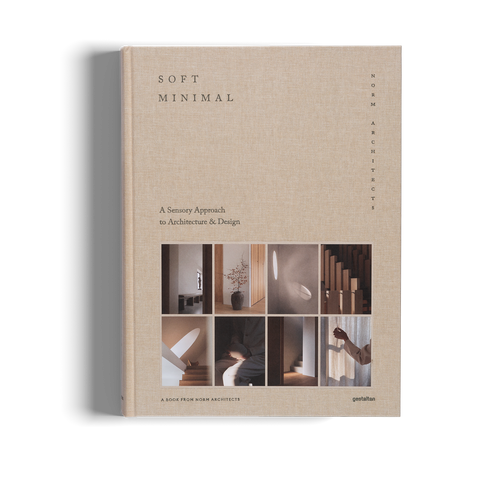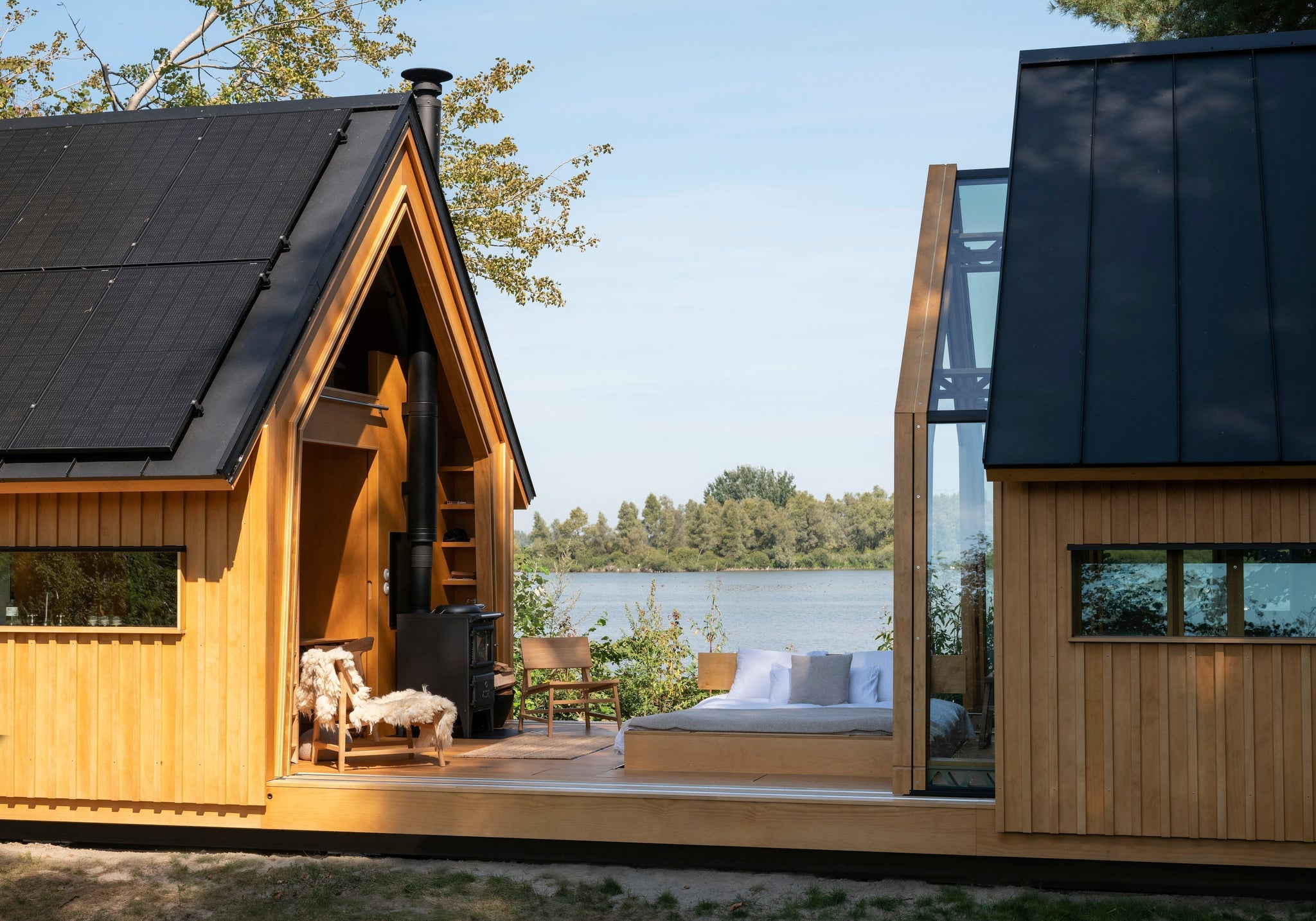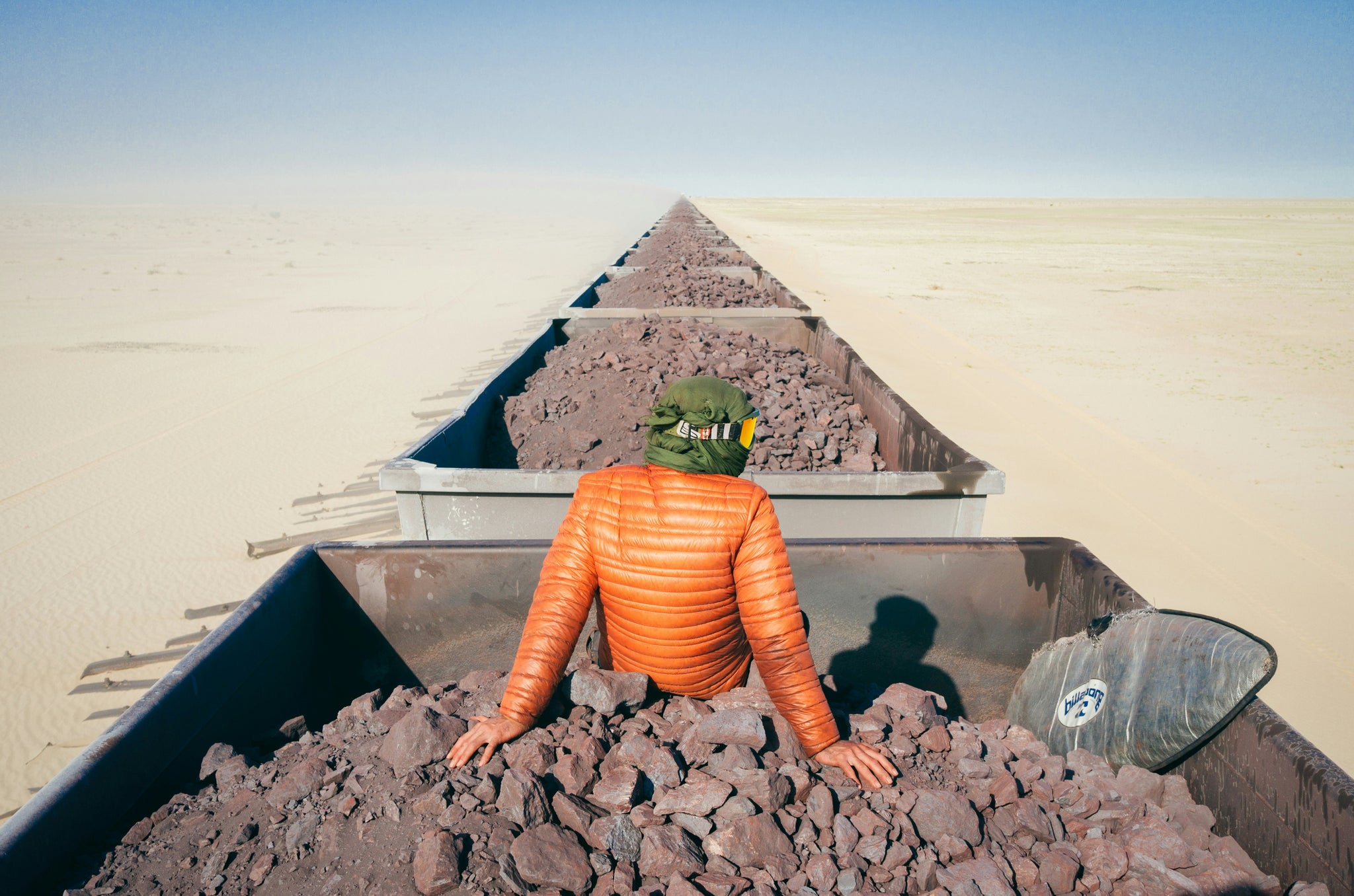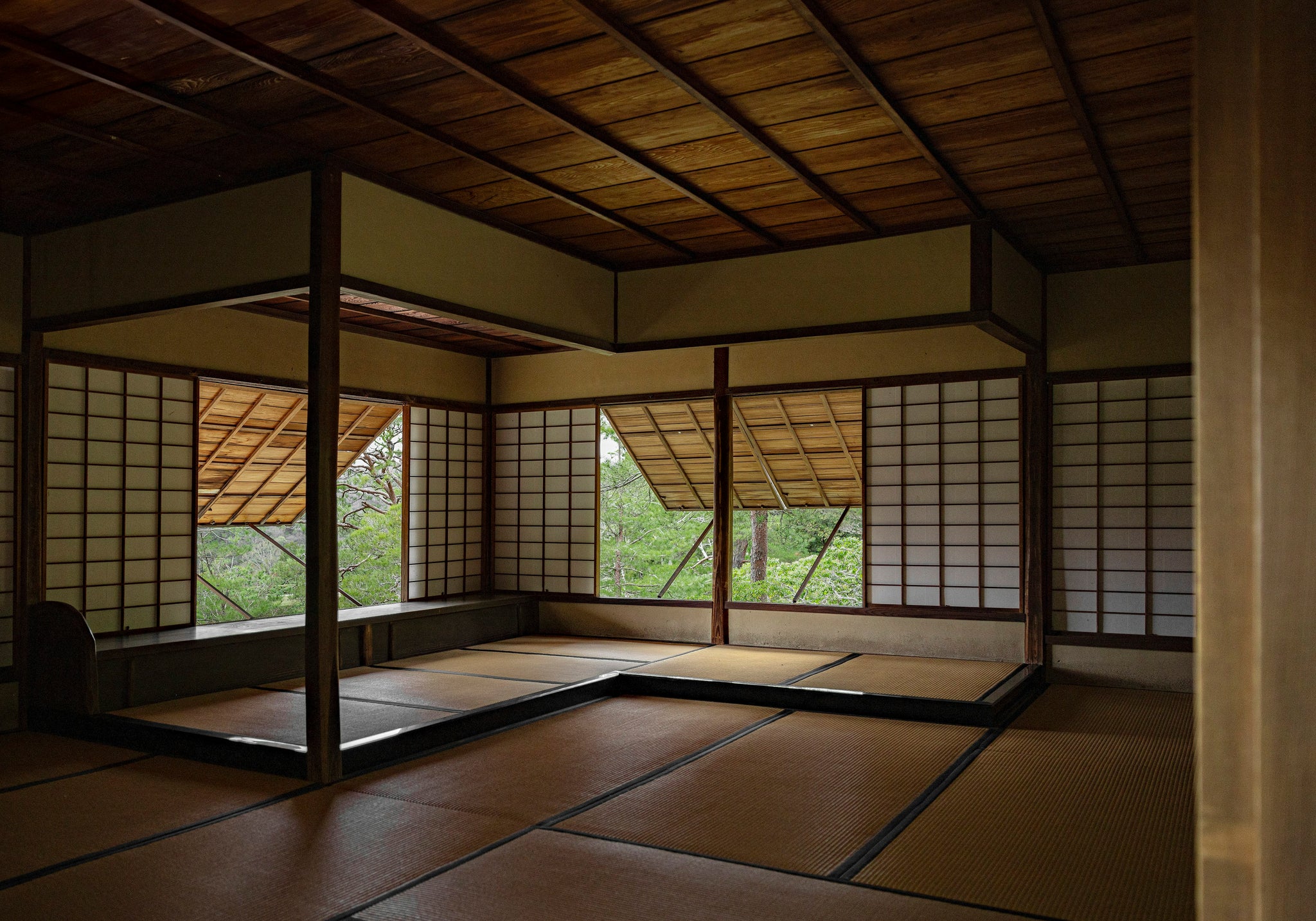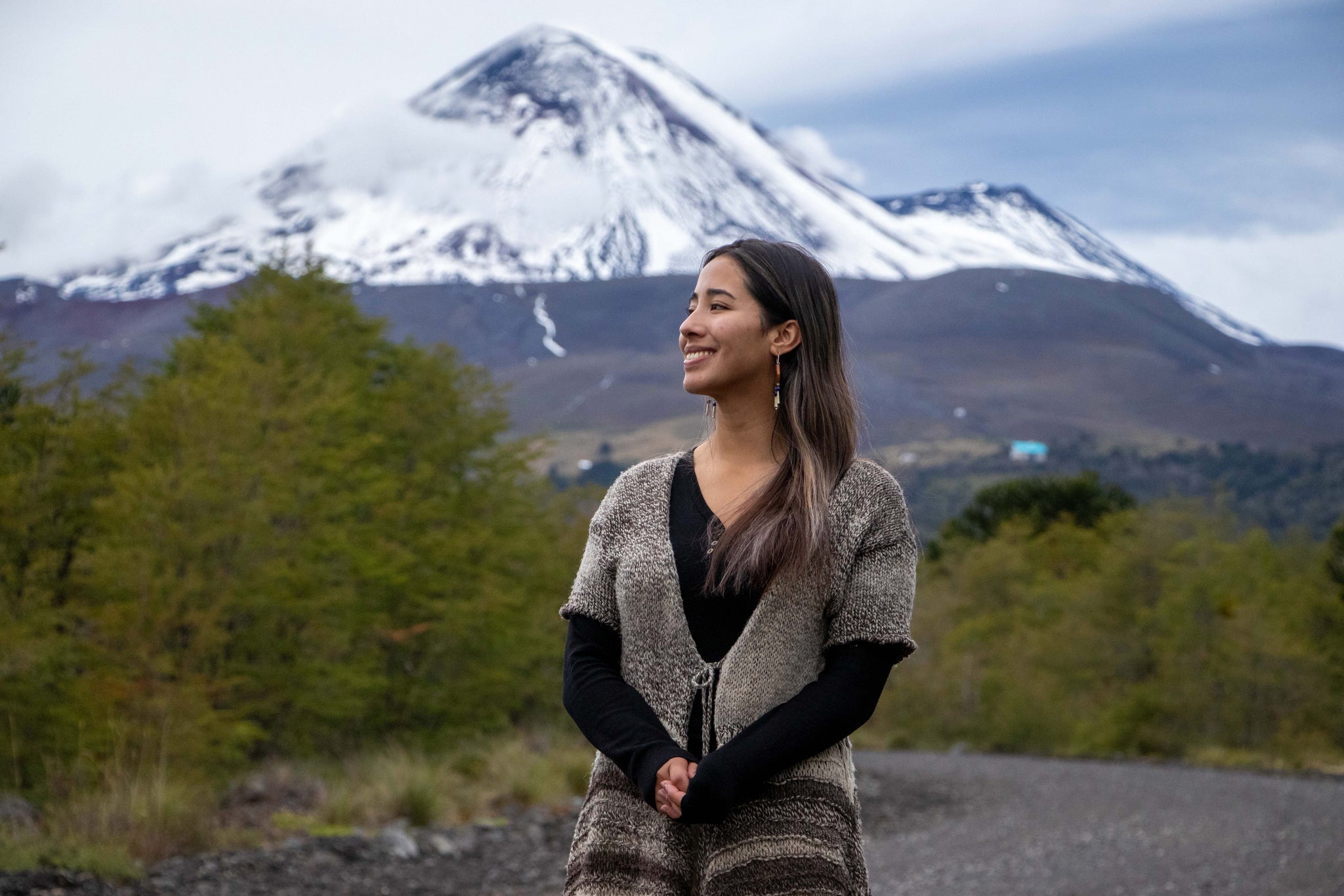
01/2020 architecture & interior travel
A contemporary experiment that tests human emotions during the mundane commute beneath a city, Stockholm’s metro system is a marvel often described as the longest art exhibition in the world. “Unifying art and design in a functional metro station show how efficient architectural concepts influence the wellbeing of people in public spaces,” is how David Altrath explains his photography series to us.

Rådhuset (Court House) Station was opened in 1975. Artistic decorations were made by Sigvard Olsson, here commuters feel like they are in an excavation site, many of the caves were discovered when building the station. The unique color is similar to that of the Atlas Mountains.
Since its inception in 1952, the capital’s metro system has been both a design and beauty ode to engineering and artistic dexterity. For two nights, German photographer Altrath roamed the empty stations during the pristine silence of Sweden’s prolonged polar nights. Void of crowds, commuters, and graffiti, the Hamburg-based traveler focused on the clear view of space, perspective, and light.
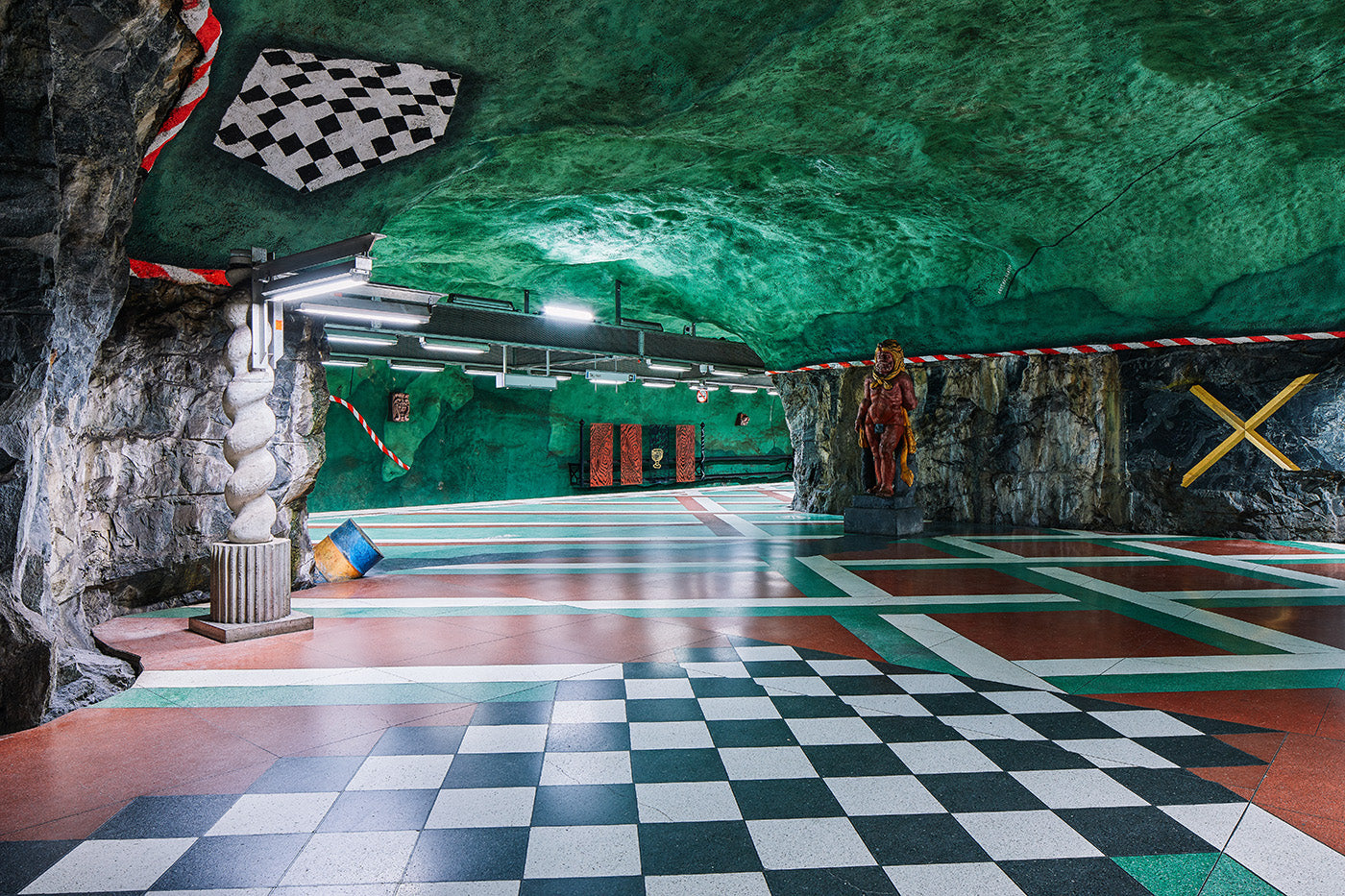
Sections of Kungsträdgården Station are exposed rock reaching up to arched ceilings decorated with colorful mosaics. In recent years the station has become more famous for its self-sufficient ecosystem, with organisms more commonly found in caves and grottos.

Stadion Station artists, Åke Pallarp and Enno Hallek, not only wanted to bring the sky underground but also remind passengers of Stadion’s significance in sport’s history.
Most Stockholm stations feature sculptures, marble statues, paintings, installations, and inscriptions from the 1950s to the 2000s. 94 out of the 100 stations are decorated with art installations, to which a total of 250 artists have contributed. Artist Richard Nonas placed 17 bench-like seats along with the platform at Skarpnäck, Gösta Sillé’s low-relief sculptures at Duvbo poke out like fossils, and Takashi Naraha’s The Heaven of Cube brings a sky blue to the depths of the metro.
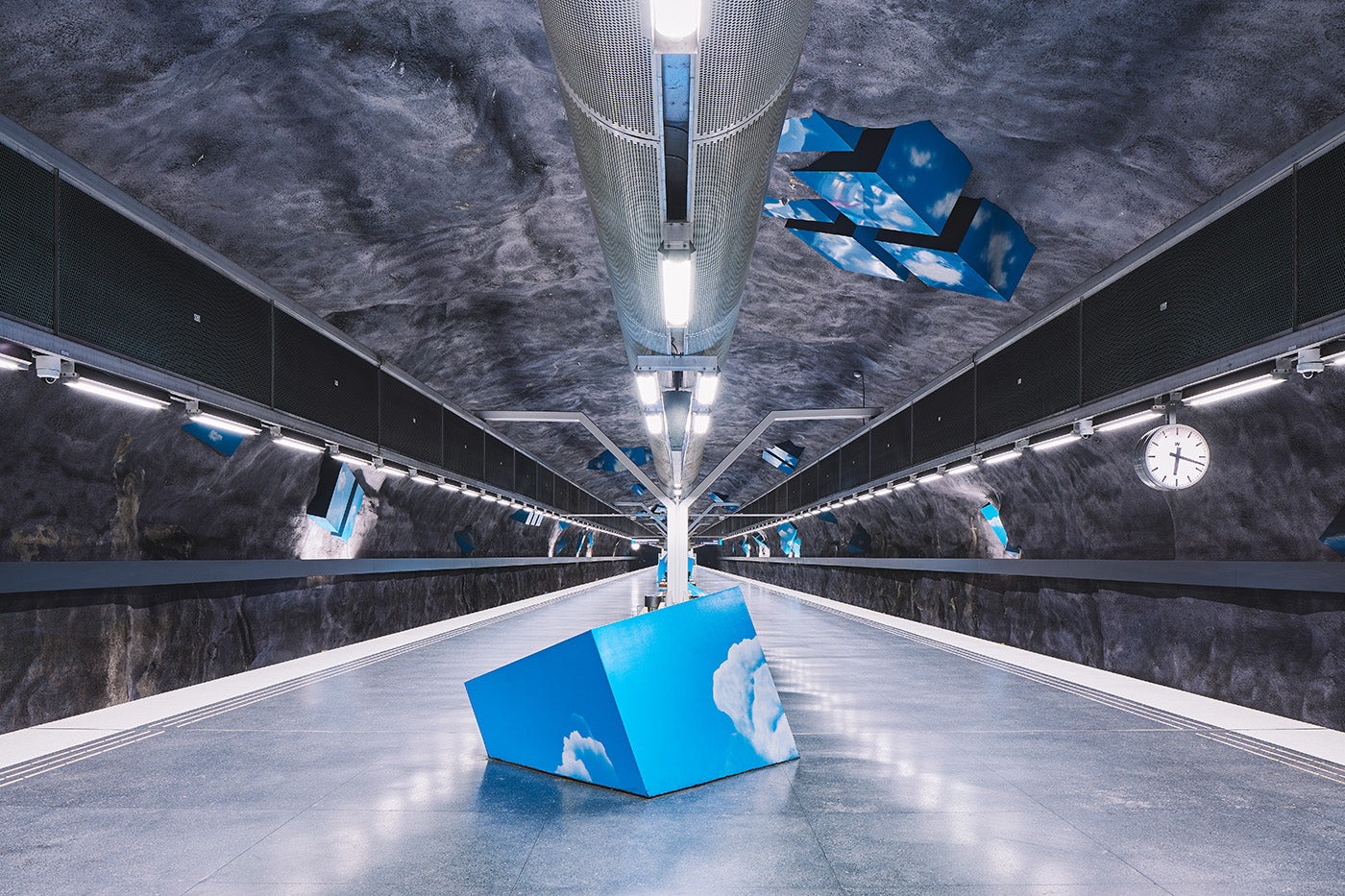
Solna Strand Station was opened in 1985, Naraha's platform cubes mirror the open sky above ground, the black cube just outside the station entrance relates to the dark cave below ground.
Altrath’s unsoiled and precise imagery captures the present atmospheres of the lonesome space in a natural way. He tells us, “My aim is to incorporate a stage-like narrative into my pictures, to speak for the object's special features.” Through the depth and striking light, he documents the contrasting mellowness and at times hair-raising stations reminiscent of Stanley Kubrick’s elevator scene from The Shining.

Solna Centrum Station takes you on an Earthy journey into what feels like the lava center below ground while also having an eerie Stanley Kubrick quality to it.
Swedish playwright August Strindberg once declared that "art cannot continue to be exclusive to just some people, because then it won’t be long-lived.” For nearly six decades, Stockholm’s metro art installations have worked as a social experiment to its commuters and tourists. Architectural gargoyles, stone carvings, and mosaics combat commuter stress and anxiety through the remedy of art and cognitive escapism. While metropolitan communities often live in high-intensity environments, initiatives to tackle commuter stress can result in better urban health and better cities.
Find out more about city design and how it can create a higher standard of living through The Monocle Guide to Building Better Cities.

